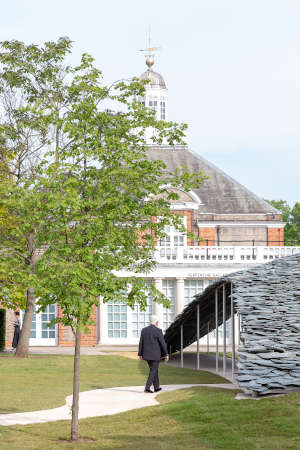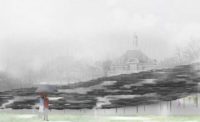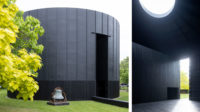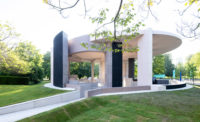Big Black Bird or Ancient Stone Barrows, Junya Ishigami's 2019 Serpentine Pavilion Embodies Contradictions

2019 Serpentine Pavilion in London by Junya Ishigami + Associates
Photo © Iwan Baan

2019 Serpentine Pavilion in London by Junya Ishigami + Associates
Photo © Iwan Baan

2019 Serpentine Pavilion in London by Junya Ishigami + Associates
Photo © Iwan Baan

2019 Serpentine Pavilion in London by Junya Ishigami + Associates
Photo © Iwan Baan

2019 Serpentine Pavilion in London by Junya Ishigami + Associates
Photo © Iwan Baan
















